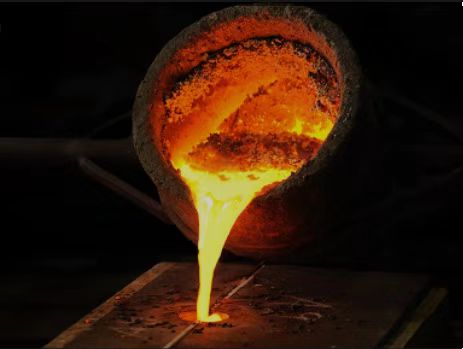- Home
- Factories
- Processes
- Products
- News
- Download
- Contact Us
Views: 9 Author: Site Editor Publish Time: 2022-08-04 Origin: Site

Plaster mold casting, also known as rubber plaster mold (RPM), is a method of pouring liquid metal into plaster mold to produce aluminum or zinc castings. The working principle of plaster casting is very similar to other casting processes. The heated liquid material is poured into a mold containing a cavity with the required shape. Then let it solidify. The solidified part is called casting. Once shaped and cooled, the casting is taken out of the mold to complete the process. The process is as follows.
1) Mold engineering and design: Precicast converts 3d CAD data into master model. In this tool design stage, gate (assembly) and shrinkage compensation are taken into account in CAD. According to the geometric shape of the parts, finite element analysis and solidification analysis run to optimize the mold design.
2) Tooling: 3d solid model is used to process the main model.
3) Pour Silicone Tool: The life of tools depends on many factors, including the geometry and inclination of parts.
4) Form the Mold: Pour the gypsum mixture into a tool to form a mold. After the mold is firm, take the half molds (upper and lower molds) out of the mold, carefully assemble them into a complete mold, arrange them in sequence, and dry them.
5) Pour the Metal: Use gravity casting method to fill the cavity. Variables affecting casting quality are carefully controlled. These variables include metal temperature, mold temperature, cooling rate, mold tilt, riser size and location, and metal filtration. We use rotary degassing, continuous melting furnace and reduced atmosphere test system to ensure the best results.
6) Break Out: After the metal solidifies, carefully disassemble the mold material to expose the metal casting.
7) Parts Cleaning: The next step is to remove gates, chills, runners and minor casting defects. The result is an "original" casting.
8) Machining:Machining is usually used to produce geometric shapes with high tolerance, which are either beyond the capacity of the casting process or uneconomical. We have a processing department that specializes in processing castings. Our technology includes multi-axis capability and probe technology to ensure the consistency and accuracy of each casting processing.
| | Floor 21, Block B, Fortune Building, No. 18 Xinghua Bei Street , Tiexi District, Shenyang, 110025, China. |
| | 86 15541524932 |
| | contact@sydensen.com |